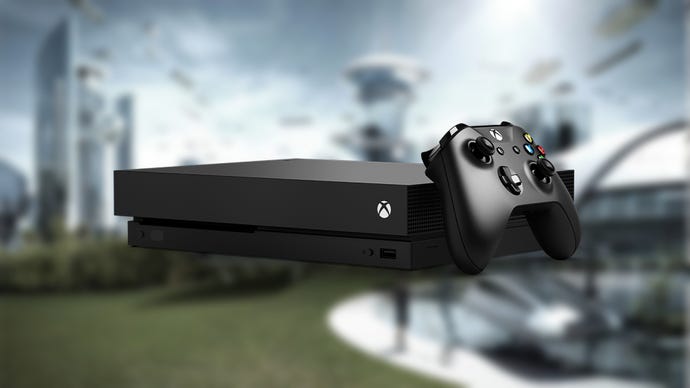10 years later, the Xbox One vision everyone rejected has become a reality, and I couldn’t be happier
Often called a 'launch disaster', you only need to look at the Xbox ecosystem now to understand the Xbox One's vision was actually ahead of its time.
The Xbox One launch in November, 2013 will live on as one of the most interesting console launches in history, and certainly the most interesting for me to witness. So many ambitious plans, missteps in communicating them, lack of clarity around the hows and whys, and an undeniable arrogance that led to Microsoft losing the worst possible generation.
There was little room for nuance back then; you were either a police state supporter who were okay with your Xbox One phoning home every few days, and happy to stick a camera with a mic array in your living room. Or, you were the Gamer ™, saviour of the consumer who rejects all of that nonsense without really unpacking why.
You couldn’t come out and say that game preservation is important, but we’re going to inevitably lose some rights as the march of time is dictated by Capitalism. Nor was there any chance you’d be taken seriously if you’d said, well, some of those ideas are actually terrific, but Microsoft's heavy-handed appeal for them ruined its case.
It’s a little over a full decade since those lines were drawn on the proverbial battlegrounds, and I like to think we can have an honest, civilised discussion about the merits of Microsoft’s muddled message, and the inherent pitch behind it all today.
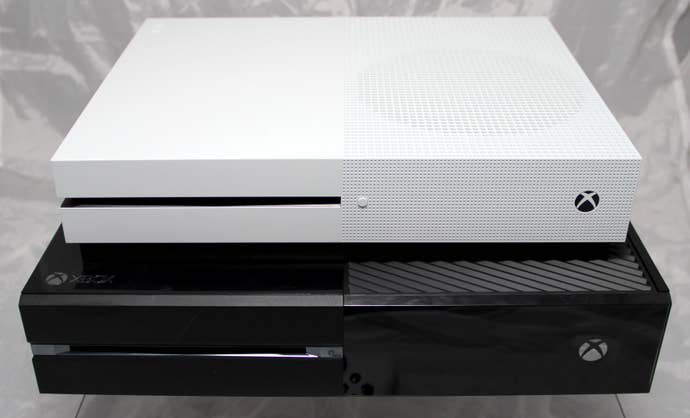
Part of what made it easier to buy into the Xbox One’s whole thing was the console’s launch line-up. It’s easy to forget that Microsoft and Sony were both apprehensive about launching new consoles. You couldn’t go a fortnight without some Big Time Analyst saying that traditional game consoles are over, everyone plays games on their phones and tablets now.
The two were clearly half-in, half-out. It’s why the PS4 and Xbox One were incredibly underpowered machines with parts meant for power-conscious laptops, not like the PC-grade components in the PS5 and Series X/S. But the ways in which each company approached the generation were clearly different.
You might cringe when you think back to the infamous TV, TV, TV, TV, sports, TV Xbox One reveal, but you cannot deny that Microsoft was only taking the Xbox 360 to its next logical conclusion. Microsoft execs said repeatedly that Netflix was the most popular app on the 360, so of course the company dedicated a lot of its resources to positioning the Xbox One as a non-gaming machine.
It assumed - arrogantly - that gamers were already on board. The worry was that selling games simply wasn’t enough, and hitching your wagon to TV was a of way of finding growth elsewhere. It’s quite similar to the dilemma of live service vs single-player/offline games that publishers continue to grapple with to this day.
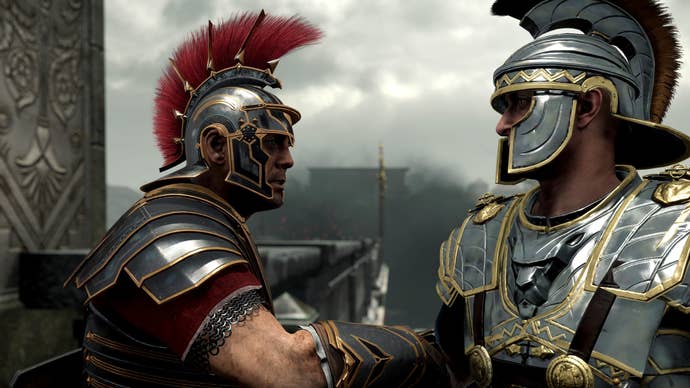
The Xbox One launch line-up consisted of multiple triple-A games, the kind that you buy to show off your expensive new toy. Dead Rising 3, Ryse: Son of Rome, Forza Motorsport 5, Killer Instinct, and even some fitness games for the Kinect that came in the box. That is an open-world shooter/action game, a visually stunning action-adventure, a full-fat racing game, and the return of a beloved fighting game all on day one.
Sure some of those lacked depth, but you cannot argue with the overall quality and quantity. However misjudged the whole endeavour was, there is no denying that Xbox One was a bold, expensive console. It’s the PS3 to Sony’s PS2. So, naturally, the competition was adamant to go against that.
Rather than try to chase after the same lavish ideas of expanding console gaming beyond, well, gaming, Sony had a more simple - and, crucially, cost-effective – strategy. One look at the design, materials and even packaging of either console will tell you which box was made on a tight budget.
In Sony’s case, that reluctance to bet on a whole new generation of consoles gave us one of the most light launches for a PlayStation ever. Sony’s only “major” first-party release was… Knack, a family-friendly action platformer. I am not going to take away from the excellent Resogun, but it was a PS Plus bonus from a studio that only made a certain type of niche game. The rest of that line-up? All indie games!
Sony made the strategic, and necessary, move to court indies early, in a way no other big-boy console ever had. Even the golden days of XBLA were riddled with limitations on game sizes, patch fees and other restrictions no developer could imagine having to put up with today. The path was clear: invite as many indie devs to your stage as you can to bolster that line-up with a lot of their work. Two birds, one stone.
But there were still unresolved issues, such as the difference in price ($400 vs $500), and the juggernaut topic of used games.
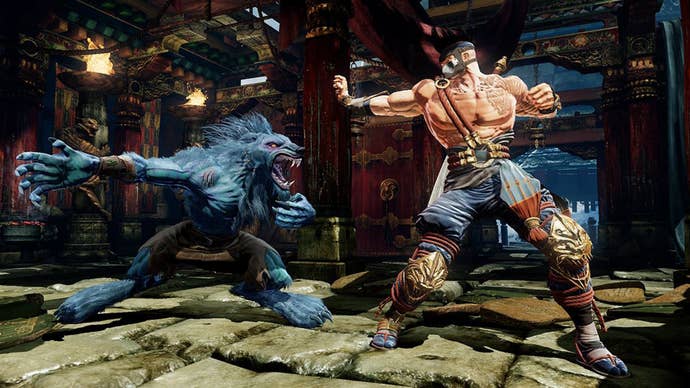
There is no single thing worth remembering about the used games fight than the fact Sony went second that fateful E3. It offered it the luxury of reacting to whatever Microsoft had said, and undermine the competition anytime the Green Team floundered. There is no doubt in mind that Sony also considered a ban on used games. You can look back fondly on the 'this is how to share games on PS4' stunt, but I do not believe a decision as dramatic and wide-arching as that was not primarily instigated by third-party publishers.
Remember, this was the era of the online pass, and day-one DLC using content on-disc. Any given publishers' number one concern was used games, so I find it a little hard to believe that it was Evil Microsoft that woke up one day and just decided to propose a solution, not the publishers who could not shut up about how used game sales are hurting gaming, calling them worse than piracy.
Sony saw an opportunity and took it, securing the win before either console went on sale - even after Microsoft quickly scrapped all of its most-hated plans. But there’s something that’s well worth revisiting, and it’s the vision Xbox was trying to sell us on in 2013, which is very much a reality in 2023, and one that remains ages ahead of anything Sony has to offer.
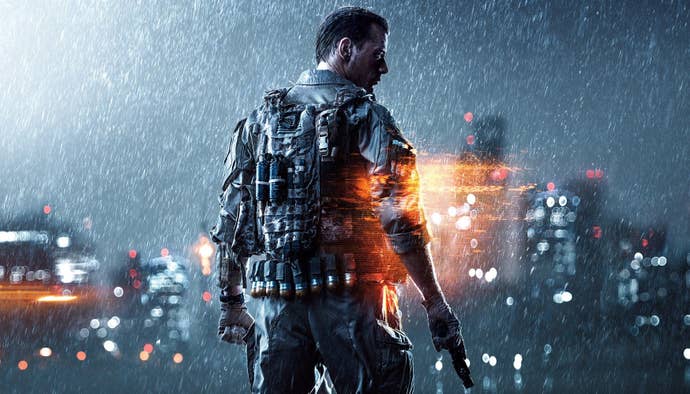
The Xbox Series generation is the culmination of work that Microsoft flaunted back in 2013. Almost everything I like about the modern Xbox experience started out as something I believed in back then, when I bought the Day One Edition!
The Xbox ecosystem of today is one where I can take my controller to a friend's house along with an external drive full of games. All I need to do is sign in, copy the games to the internal drive (if they’re next-gen) and play. The console doesn’t care where the games come from, and it would only ask for a disc if it saw that the licence for a game wasn’t digital.
If the console remains online, family sharing allows my friend to play a game they do not own, just because I am logged in and do own it. If they buy it, a token is unlocked and they can continue playing without losing progress.
The next time I’m over there, I just need to bring in the same controller. The Xbox, which can assign a controller to an account, immediately recognises me, loads up my dashboard, and lets me access any game I own. Save files, achievements and anything else I customised travels with me.
Xbox Series X/S consoles now even let you download games you do not own, just to have them ready when you get home and actually make the purchase. They don’t have a distinction between disc-based and digital games, so you could copy files off a different Xbox and take them to your own to save bandwidth/time.
Remember the start of this generation, when people were mistakenly downloading PS4 games to their PS5 consoles because the UI was so underbaked that it wasn’t immediately clear which version was which? Remember how Xbox never ran into that because it made Xbox consoles only download the version that’s right for them? On their own, without your interference!
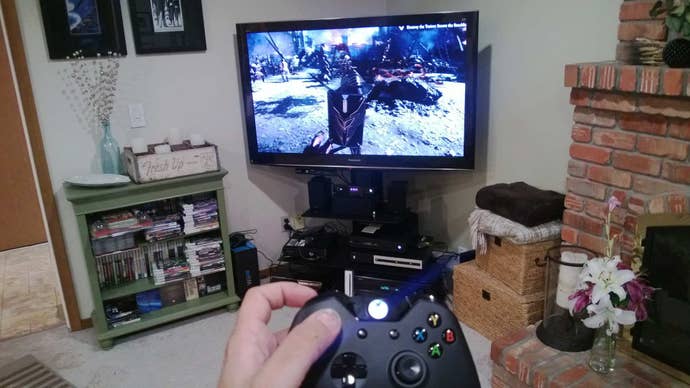
And why go that far back, let’s see how the current game patching experience is on PS5. It’s exactly like PS4, just a little bit faster thanks to the faster storage. By that I mean, if you want to download a 10GB patch for a 100GB game, you need to have 220GB of free storage. Ten years later, Sony cannot find a better solution to file corruption than using an unpatched copy as fallback. Xbox? Never had this problem.
A lot of these checks rely on having a connected console, which Microsoft assumed everyone would have in 2013. The reality wasn’t so progressive, but ten years later, all of us choose to be online and many of us benefit every day from those innovations that, yes, require an internet connection. The 2013 aspirations were clearly too ambitious, but it made the modern Xbox experience all the better.
